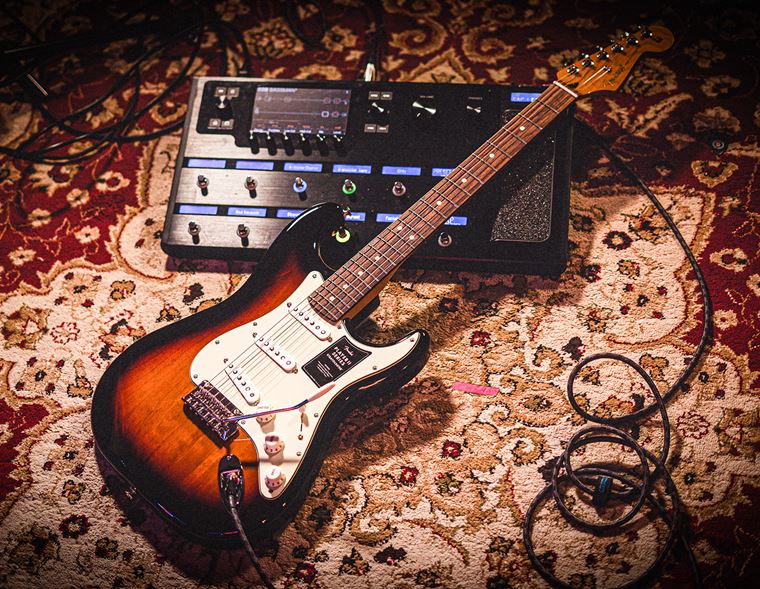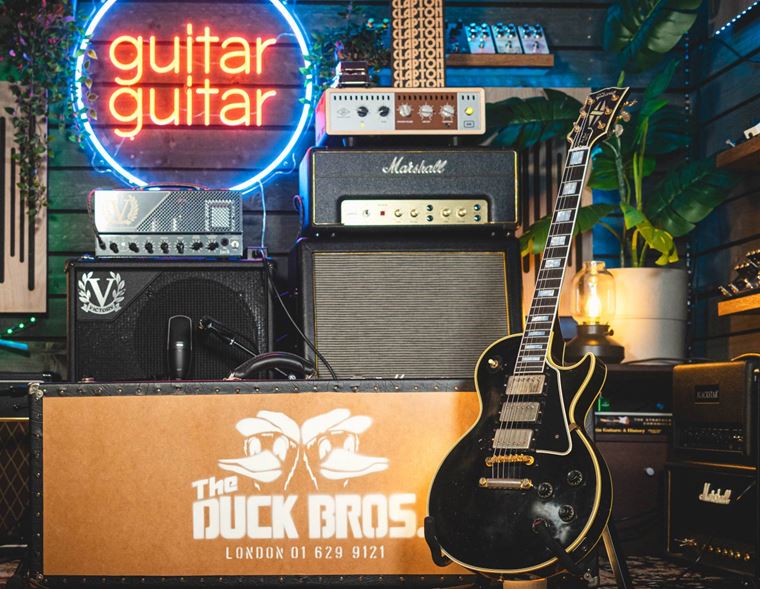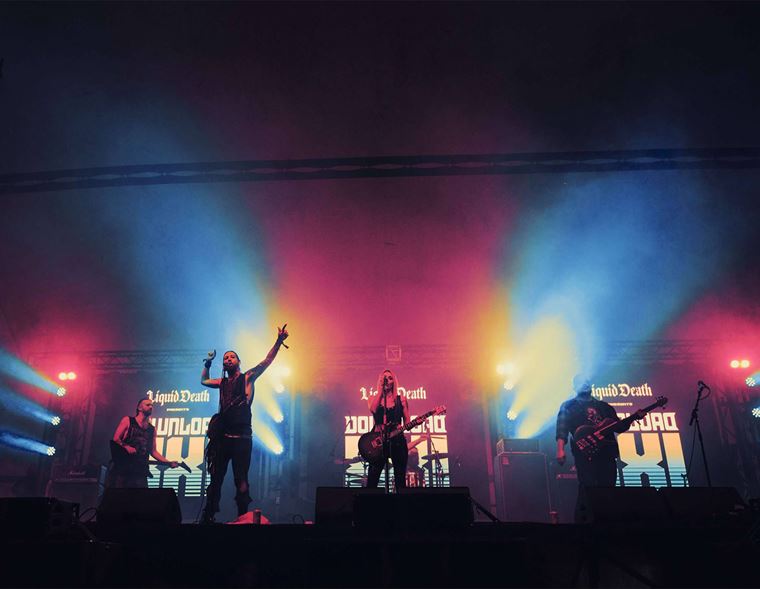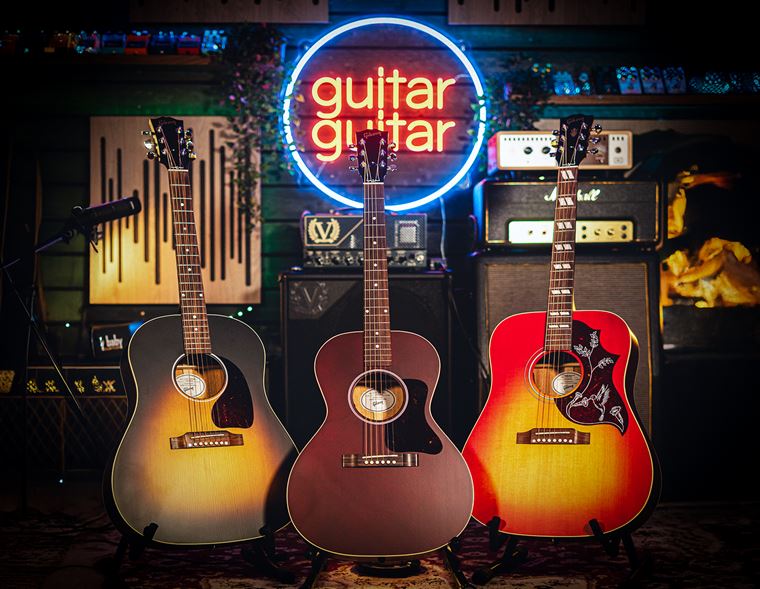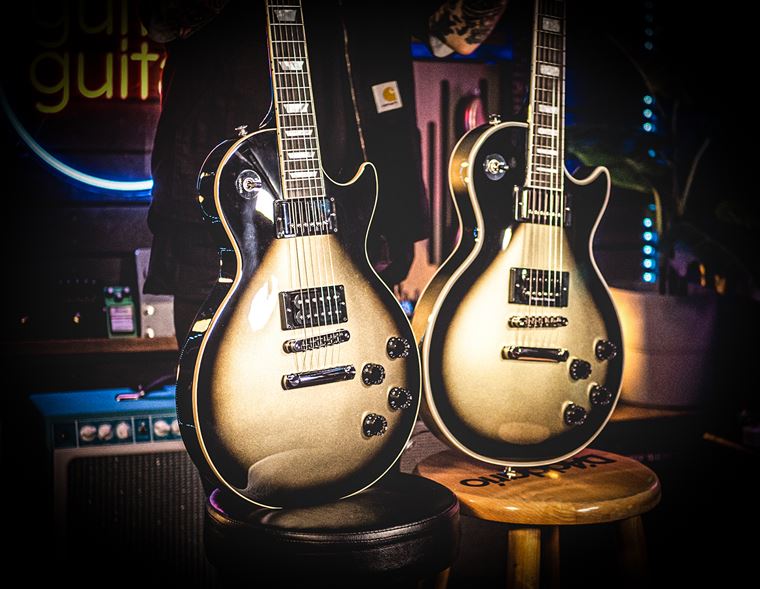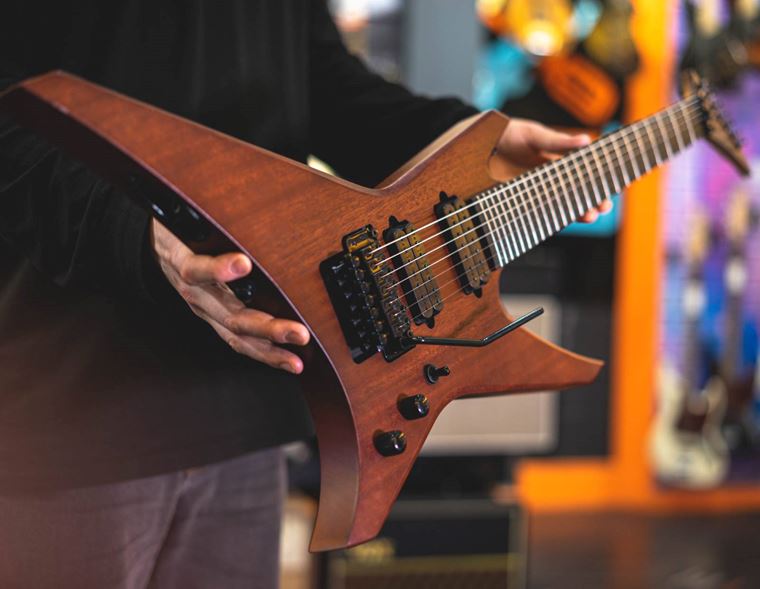SHURE SM7B or SM7DB?
Musicians! There are a lot of microphones out there. All of the big brands want you to choose their models for your studios, but some are more obvious contenders than others. Across the industry, we’ve all used Shure mics - whether that’s live, rehearsing or recording - and models like the SM57 and SM58 remain indispensable essentials for us all.
There are a few other iconic mics in the Shure catalogue, and one you’ll all recognise is the SM7B. Recently, Shure released a new variation on this one, the Shure SM7DB, and today I’ll take a second to explain what’s different about this new mic, as well as how and when it might be useful to you.
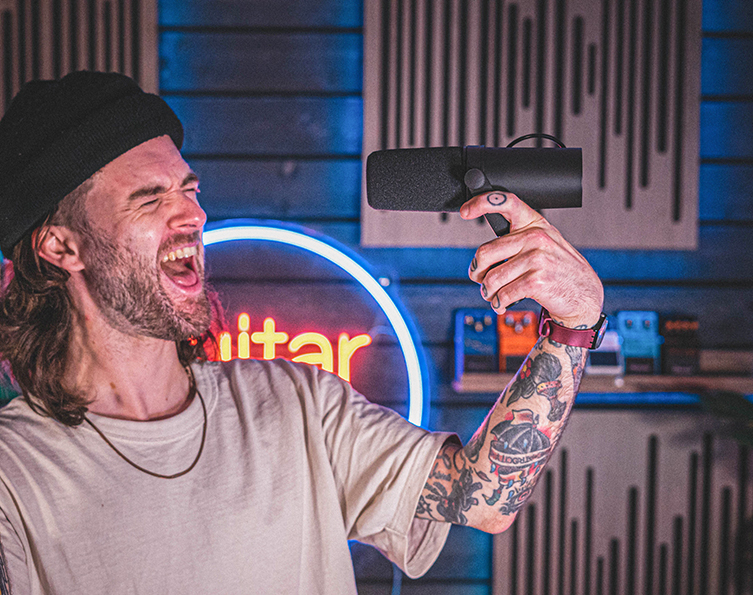
Contents
Shure SM7B
Firstly, let me briefly outline the famous Shure SM7B. It’s a dynamic mic, but with a difference. Most of us think of an SM58 when it comes to a dynamic mic: a passive unit that covers a lot of sonic ground, basically. The SM7B is far, far more sensitive than such a mic, and so requires some degree of a preamp supplying it with voltage in order to get it to function at its peak.
In practical terms, this makes the SM7B a studio mic. The larger size of the mic - and its tightly focused polar pattern - have made it the first choice for singers such as James Hetfield and Michael Jackson. It has also become industry standard for quality podcasts and radio broadcasts too, which is perhaps where many of us will have first seen it.

For great vocal recording, the SM7 (the model prior to the SM7B) has been trusted since the 70s, so there is a lot of pedigree there. The mic can accept particularly high sound pressure levels, so singers with lots of dynamic range will find their vocals captured well, with lots of detail.
Shure SM7DB
So what’s different about the new version? Well, put simply, the SM7DB has a built-in preamp. This means that you do not need to have a separate piece of equipment such as a studio mic preamp in order to make good use of this mic. You’ll get as much of a boosted signal as you’ll need directly from the mic itself, and it means that you can connect it via the standard XLR input to whatever you use to record, without going through extra equipment first.
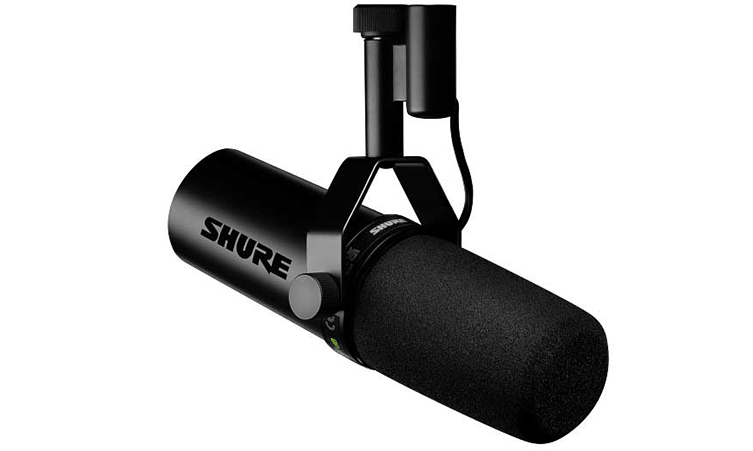
There is no need for additional preamps or interfaces to boost the signal. The SM7DB brings that special, distinctively thick vocal sound to your recordings and performances, in a simpler way. This is good news for artists and producers who don’t have tons of equipment: it’ll take care of itself in terms of input gain levels, and you get that same famous SM7 sound.
It’s worth noting that the onboard preamp can be switched off too, letting this mic behave exactly like a regular SM7B. You basically get to have it both ways!
Shure SM7B vs SM7DB: Which Should I Go For?
Now, down to the business of which model is best for you. In my opinion, the less you have in any equipment chain, the less you have getting on the way, potentially impairing the sound or causing problems. So, the leaner you keep things, the more efficient you’ll be, and the less your signal chain will be coloured by extra bits of gear.
For those reasons, I’d recommend the SM7DB to you if you don’t already own a quality preamp.. You’d need one for the regular SM7B, and a good one costs money, so if you don’t own one, I’d say that choosing the SM7DB is an astute choice. It’s actually cheaper than buying an SM7B along with a good quality mic preamp, so there’s that too! Plus, having the option to switch off the preamp and make the mic essentially into a regular SM7B is a cool option which you may need in the future.
If, however, you’ve spent some time and money researching and buying studio equipment already, then I think it’s sensible to stick with the SM7B. What pay for a feature you probably won’t use?
That said, I’d actually counter that argument by saying that if you’re investing in good studio equipment anyway, and if you can switch off the preamp inside the SM7DB, then why not just buy the more versatile model? Why not have the mic that gives you the option of the preamp boost? It’s more expensive, yes, but it may prove its use somewhere down the line and justify the cost.

My Take
The bottom line here is that the SM7 - be it the 7B or the 7DB model - is a wonderful, expressive, powerful microphone and an excellent tool for any artist, producer or broadcaster looking to record vocals. Whichever one you settle on, you’re buying a world-class microphone which will deliver results for years. Personally, I think the active preamp is a great idea and worth the extra spend, but that also depends on your current setup, your needs and your plans. Whichever one you choose, look forward to excellent sounding vocal recordings!




